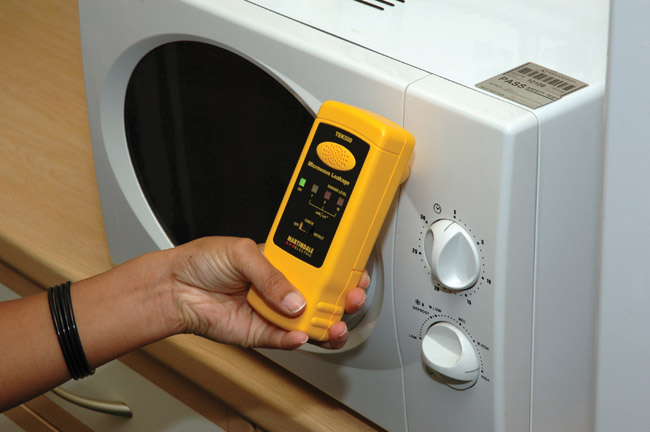With the ability to heat up food and cook entire meals in next to no time, microwave ovens have become commonplace in both household and office kitchens. However, just like any other portable appliance, microwave ovens need to be regularly checked and tested to ensure they are safe to use.
But in addition to safety issues concerning electricity, microwave ovens also present another potential danger. This is because exposure to sufficiently high levels of microwaves will cause heating and could result in serious health problems such as deep tissue burns and hyperthermia.
Therefore, it makes sense for all businesses to carry out regular microwave leakage testing using the correct equipment and procedure. Here to provide more information on what you need to know is Instrotech, a long-established distributor of electrical and environmental test equipment.
Microwave oven safety
If maintained in good working order and used according to the manufacturer’s instructions, there is no evidence to suggest that microwave ovens are a radiation hazard. On top of that, extensive research has provided no substantiated evidence that exposure to microwave radiation can either cause or promote cancer.
Microwave ovens are manufactured to ensure that radiation generated inside will cease to exist once electrical power to the magnetron is turned off. Furthermore, all microwave ovens feature at least two safety interlock switches that stop the generation of microwaves immediately after the door is opened.
But even though they are designed to keep microwaves within, there is a slight chance that leakage could occur around the doors. As a result, you may want to perform periodic inspection and testing.
Microwave leakage testing
The industry standard for testing states that “the microwave leakage at any point 50 millimetres or more from the external surface of the appliance shall not exceed 50 watts per square metre.” Although this guidance was designed for domestic applications, it also applies in the workplace too.
Thankfully, this is quite a conservative limit, which has been established with human health in mind. In fact, organisations providing testing services have found that microwave ovens in excess of this limit are rare, as most appliances are kept in good condition and used correctly.
Microwave ovens that appear damaged should not be used until a suitably experienced technician has carried out appropriate testing of both the electricity supply and microwave generation.
Inspections and precautions
When it comes to testing a microwave oven for signs of leakage, you should carry out a visual inspection to ensure that:
- The door is not damaged or broken and the hinges are in good condition
- The door fits correctly and securely
- The door opens and closes smoothly
- The door edges and interior surrounds are not covered in food or burnt material
- There is no corrosion evident on the door, hinges, or oven interior
For the ongoing safe use of microwave ovens, always do the following:
- Follow the manufacturer’s instructions on operating procedures and safety precautions
- Never tamper with or inactivate interlocking devices
- Never rest heavy objects such as food containers on the door while it is open
- Clean the oven cavity, door and seals at regular intervals
- Supervise children when using microwave ovens
A dedicated microwave leakage tester should be used to check for any leakage. There are many leakage testers available, however to ensure the test is carried out correctly, a leakage tester should have a spacer in order to maintain the correct distance during the test.
A typical leakage test kit will also contain a beaker and thermometer, so you can check the microwave output power is within specification.
